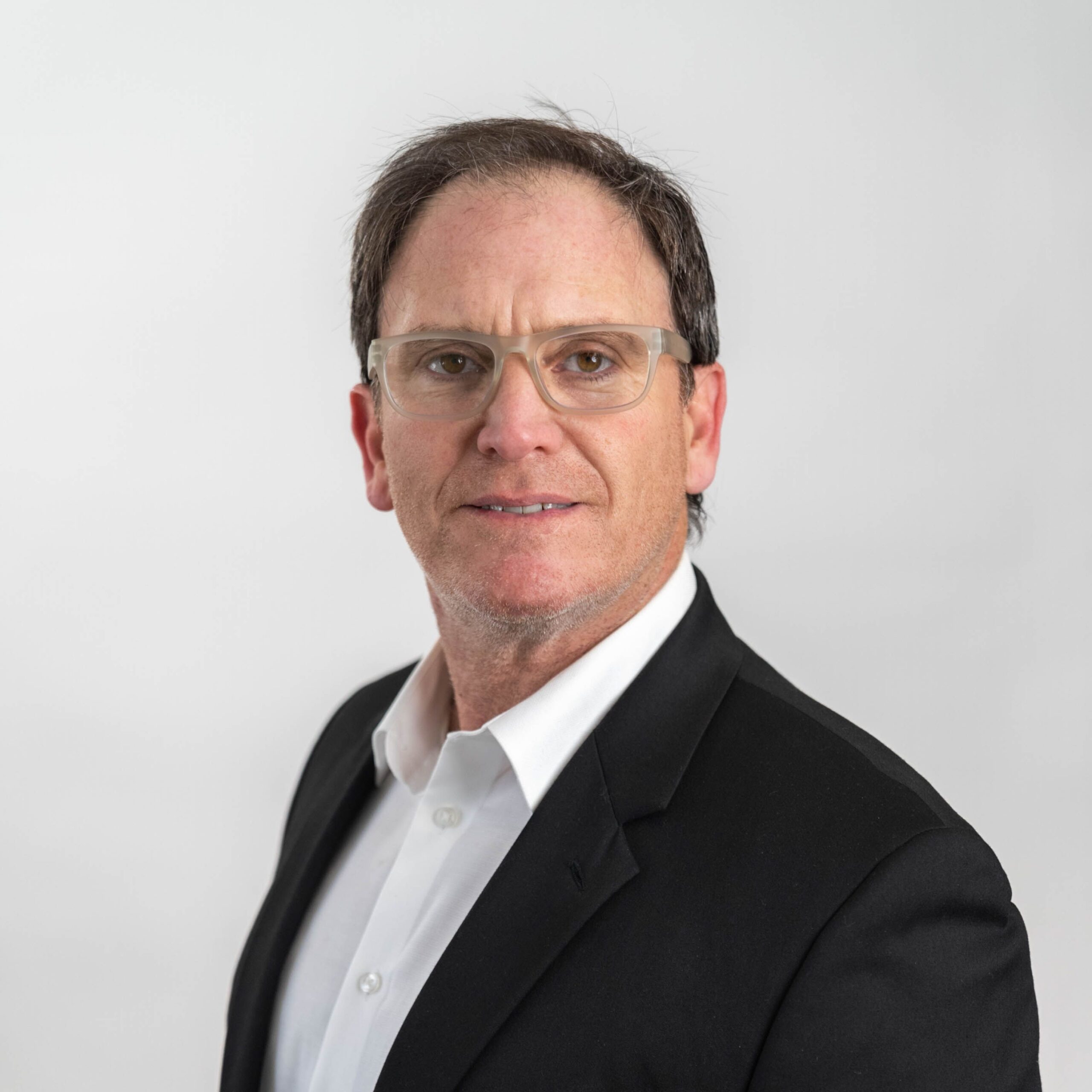All around the world, people consume copious amounts of alcohol. Whether it be leisurely, recreationally, or on special occasions, the popularity of this drink cannot be denied. Alcohol is widely advertised and sold everywhere in the United States. But what about the characteristics of these drinks that are not so fun? While alcohol is federally legal, it does not make it any less dangerous than other drugs. A person’s drinking habits can become uncontrollable and dangerous. In that case, a person might need to complete an alcohol detox and begin working on a journey to sobriety.
What Is Alcohol Detox?
Alcohol detox is the process of removing the presence of alcohol from your body after a feat of alcohol use disorder. Detox is known as the first step of recovery because it does not stop there. Although the body is now clear of alcohol, it does not mean that they are automatically cured. Cravings and urges to drink will likely occur. For this reason, after detoxing, most people will continue treatment in an inpatient facility where they will learn to navigate life without alcohol. It is not recommended for detox to be done at home. Symptoms of withdrawal can be dangerous, so it is advised to be near a team of professionals during the process.
Symptoms of Withdrawal
Withdrawal symptoms can vary depending on the individual. While some may have mild symptoms, others may have severe ones. Some symptoms of withdrawal include:
- Headaches
- Nausea
- Fatigue
- Fever
- Increased Blood Pressure
- Hallucinations
- Seizures
- Irritability
What Is Alcohol Use Disorder?
Alcohol use disorder (AUD) is characterized by an unsafe pattern of alcohol use that can lead to problems like alcohol abuse, alcohol dependence, and alcohol addiction. Alcohol use disorder is a medical condition that can be mild, moderate, or severe. The most severe cases of alcohol use disorder can lead to long-term changes in the brain and body.
Alcohol misuse can be considered especially serious because not only does it affect adults, but it is also a national problem in youths ages 12 to 17. In every life, alcohol has the potential to be addictive because it is easily accessible and can cause a dependency that is difficult to control.
How does Alcohol Work?
Your liver’s function in the body is to filter out the things that should not be there. When alcohol is consumed frequently, and in generous amounts, it becomes more difficult for the liver to keep up. Therefore, alcohol reaches the brain. Depending on personal characteristics such as age, gender, and size, the number of drinks that it takes to alter a person’s mental state can vary. Once alcohol reaches the brain, a person will experience the feeling of relaxation or sedation, otherwise known as being drunk.
Alcohol is a common depressant of the central nervous system, and once it reaches the brain, it begins to modify the communication between your brain and body.
A person is considered alcohol dependent when their brain can no longer maintain its normal levels without the consumption of alcohol. This is generally the beginning of an alcohol use disorder. With alcohol abuse, the brain is forced to work harder to produce the chemicals your body needs to function correctly. At this stage, a person might experience symptoms of withdrawal if they do not drink for a long enough period of time.
Continuing alcohol use after experiencing signs of dependence can only negatively impact a person. Continuous alcohol abuse can lead to an overactive nervous system, problems with your limbic system, and liver damage.
How to Tell if You Have Alcohol Use Disorder
If you’ve experienced one or more of the following symptoms, you should consider getting treatment for your alcohol use.
- You have tried to reduce or stop drinking but couldn’t
- You have found yourself thinking about nothing but the next drink
- You have skipped activities you would normally enjoy to drink instead
- You continued drinking even though it caused problems with your family and friends
- You experienced withdrawal symptoms when the effects of alcohol were wearing off
Habits That Lead to Alcohol Use Disorder
Drinking culture can be difficult to escape because it is everywhere and has been that way for a long time. Some common habits that might contribute to developing alcohol use disorder include the following.
Binge Drinking
Binge drinking is simply consuming a large amount of alcohol in a short period of time. This is common amongst youths who admit to binge drinking, typically in a party setting. While binge drinking does not always lead to alcohol use disorder, it can have long-term consequences if it is practiced frequently. Some risks of binge drinking include:
- Alcohol poisoning
- Accidental tripping and falling
- Slowed brain development (under 25 years old)
- Chronic diseases
Self Medication
Self-medication refers to the use of alcohol to manage symptoms of a mental health issue such as depression. Self-medication is sometimes known as “numbing the pain.” While alcohol might temporarily deter negative emotions or thoughts, self-medicating can lead to alcohol use disorder and have other adverse effects. Alcohol is a depressant. Therefore, over time it will only make symptoms of depression worse.
Heavy Drinking
Heavy drinking is a cycle of having many drinks per day or week and making it a frequent habit. Based on CDC guidelines, heavy drinking is when a woman has 8 or more drinks per week and a man has 15 or more drinks per week. The habit of heavy drinking can be a risk to your personal and legal life. If you continue to drink despite the following problems, it is likely time to consider your relationship with alcohol.
- Poor work or school performance
- Driving under the influence
- Neglecting your responsibilities
Professional Alcohol Detox in Los Angeles, CA
At The Encino Detox Center, we understand how difficult it can be to battle alcohol use disorder. For this reason, we offer alcohol detox and will remain by your side every step of the process to ensure you are receiving the best possible care. Don’t let alcohol ruin your life. Contact our team today to verify your insurance and get started.



















